“What has been will be again, what has been done will be done again; there is nothing new under the sun.” King Solomon
“There is nothing new except what has been forgotten.” Marie Antoinette
“No idea is original, there’s nothing new under the sun, it’s never what you do, but how it’s done.” Nas (Nasir bin Olu Dara Jones)

The saying, “There is nothing new under the sun” is as old as the bible, found in Ecclesiastes 1:9 and spoken by King Solomon–but is it true?
Some people find this idea depressing, aren’t we unique beings created by our Creator to be creative after all? We know our thumb print is like no others… even identical twins, who share the same genetics (initially), have different prints.

We know each snow flake is like no other. Each snowflake falls and floats through clouds with different temperatures and moisture levels, which shapes each snowflake in a unique way.

SO it seems “the how“–of how we come together–is what matters. You have a mother and a father and possess features from both. However, the sum of who you are is bigger than their parts. You are a mysterious conglomerate of your parents and all of your ancestors–but you are even more than a physical genealogy–you are a genealogy of ideas too.
You don’t get to pick your parents, but you do get to pick where your ideas come from–what books you read, who your heroes are, the art you view and study, the music you listen to, the movies you watch, the people and ideas you surround yourself with on a daily basis. Your ideas are a mashup of what you choose to bring into your life–we are a sum of our influences.

What good artists understand is that nothing comes from nowhere. All creative works build on what came before–nothing is completely original. It is the way we uniquely combine, subtract, mash and tinker with the ideas that creates something new. It’s an endless cycle of recycling–in a similar way that nature does.
I love this picture of the “rock cycle” to illustrate this idea of “nothing new under the sun.” The rock cycle is a basic concept in Geology that describes the time-consuming transitions through geologic time among the three main rock types: sedimentary, metamorphic, and igneous. The rock cycle is an illustration that explains how the three rock types are related to each other, and how processes change from one type to another over time.

So here you have it: Sedimentary rocks transition to metamorphic rocks, which transition to igneous rocks and through erosion and environmental conditions transition back to sedimentary rocks–nothing new under the sun!
Just like nature we are all recycling ideas–whether consciously or unconsciously. Francis Ford Coppola says it best:
“We want you to take from us. We want you, at first, to steal from us, because you can’t steal. You will take what we give you and you will put it in your own voice and that’s how you will find your voice.”
Steve Jobs also famously said in 1996:
“Picasso had a saying — ‘good artists copy; great artists steal’ — and we have always been shameless about stealing great ideas.”
So lets go forth creatives “shamelessly stealing” all of the ideas we need and want and LOVE to create our own new art–the way only we can. May we endeavor to say–some day–what Isaac Newton said, “If I have seen further than others, it is by standing upon the shoulders of giants.”
Thank you for reading my post. My core message of ‘everyone is creative’ resonates with people of all ages and walks of life. I invite all to become–the best version of themselves and find true meaning by pursing long term creative quests–in my recent book and website.









 Jupiter Aurora
Jupiter Aurora
 Illustration of OSIRIS-REx collecting a sample from asteroid Bennu
Illustration of OSIRIS-REx collecting a sample from asteroid Bennu This artist’s concept depicts select planetary discoveries made to date by NASA’s Kepler space telescope. Credits: NASA/W. Stenzel
This artist’s concept depicts select planetary discoveries made to date by NASA’s Kepler space telescope. Credits: NASA/W. Stenzel





























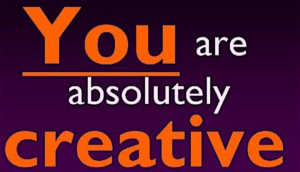
 The key is to build an awareness of where your fire comes from regarding your ideas or problems. Does it originate from your heart, head, or gut intelligence center? In what proportion is the fire burning to solve problems from each center? From your heart/head/gut’s perspective is it 80/10/10 or 34/65/1 or 33/33/33? To facilitate this awareness,
The key is to build an awareness of where your fire comes from regarding your ideas or problems. Does it originate from your heart, head, or gut intelligence center? In what proportion is the fire burning to solve problems from each center? From your heart/head/gut’s perspective is it 80/10/10 or 34/65/1 or 33/33/33? To facilitate this awareness, 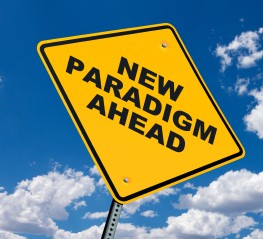 Here are three ground breaking stories highlighting women’s creativity in three different countries. One story is creativity in a business sense (China), another a political paradigm breaking case (Sweden), and a third story
Here are three ground breaking stories highlighting women’s creativity in three different countries. One story is creativity in a business sense (China), another a political paradigm breaking case (Sweden), and a third story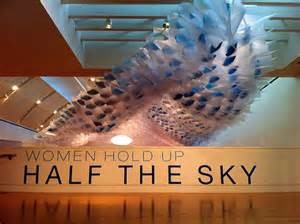 famously said “women hold up half the sky” (1952).
famously said “women hold up half the sky” (1952). An exemplar is Zhou Qunfei– The world’s richest self-made woman (Forbes). She is the founder of Lens Technology, which went public last year, and is worth $7.2 billion. Her two biggest customers are Apple and Samsung. Lens Technology is a leading supplier of the cover glass used in laptops, tablets and mobile devices. This is no easy manufacturing task, check out how thin 0.5 millimeters is on a ruler, and you’ll understand how hard it is to create something this thin.
An exemplar is Zhou Qunfei– The world’s richest self-made woman (Forbes). She is the founder of Lens Technology, which went public last year, and is worth $7.2 billion. Her two biggest customers are Apple and Samsung. Lens Technology is a leading supplier of the cover glass used in laptops, tablets and mobile devices. This is no easy manufacturing task, check out how thin 0.5 millimeters is on a ruler, and you’ll understand how hard it is to create something this thin. Sweden has the highest proportion of women parliamentarians in Europe
Sweden has the highest proportion of women parliamentarians in Europe  paradigm-breaking entrepreneur, Madame C.J. Walker (1867-1919). Far before she had the right to vote, she was inspired by a dream making her the FIRST American female self-made millionaire (and she was African American). She created a line of hair-care and skin products for black women. Walker was suffering from a scalp infection causing her to lose most of her hair in the 1890s. She began experimenting with patented medicines and hair-care products. Then she had an intuitive dream that solved her problems (gut center creativity). “He answered my prayer, for one night I had a dream, and in that dream a big, black man appeared to me and told me what to mix up in my hair. Some of the remedy was grown in Africa, but I sent for it, mixed it, put it on my scalp, and in a few weeks my hair was coming in faster than it had ever fallen out. I tried it on my friends; it helped them. I made up my mind to begin to sell it.” Madame Walker proves the old adage “go sleep on it”, when needing to solve a personal or work problem, is good creative advice.
paradigm-breaking entrepreneur, Madame C.J. Walker (1867-1919). Far before she had the right to vote, she was inspired by a dream making her the FIRST American female self-made millionaire (and she was African American). She created a line of hair-care and skin products for black women. Walker was suffering from a scalp infection causing her to lose most of her hair in the 1890s. She began experimenting with patented medicines and hair-care products. Then she had an intuitive dream that solved her problems (gut center creativity). “He answered my prayer, for one night I had a dream, and in that dream a big, black man appeared to me and told me what to mix up in my hair. Some of the remedy was grown in Africa, but I sent for it, mixed it, put it on my scalp, and in a few weeks my hair was coming in faster than it had ever fallen out. I tried it on my friends; it helped them. I made up my mind to begin to sell it.” Madame Walker proves the old adage “go sleep on it”, when needing to solve a personal or work problem, is good creative advice.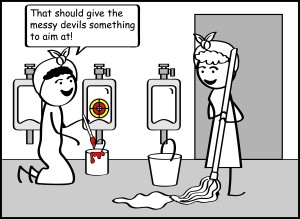 t takes intention and attention (and humor helps). I have spent many years in creative industries, creating something from nothing. My learning model is we have three distinct sources of creativity, our head, heart and gut intelligence centers. One of these centers of intelligence, whether it’s thinking, feeling, or doing, dominates our pattern of creativity. We begin by understanding what our distinct pattern of creativity is from our three intelligence centers. Then we begin to further develop our lesser-used center(s) in our creative process.
t takes intention and attention (and humor helps). I have spent many years in creative industries, creating something from nothing. My learning model is we have three distinct sources of creativity, our head, heart and gut intelligence centers. One of these centers of intelligence, whether it’s thinking, feeling, or doing, dominates our pattern of creativity. We begin by understanding what our distinct pattern of creativity is from our three intelligence centers. Then we begin to further develop our lesser-used center(s) in our creative process.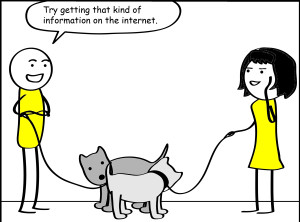
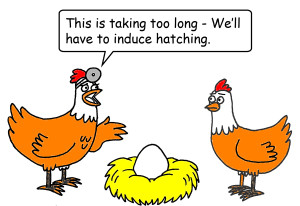 Thank you for reading my post. I am an organizational and business consultant living in the mountains of Santa Fe, New Mexico with my husband and dogs. My core message of everyone is creative resonates with people of all ages and walks of life. I invite all to become the best version of themselves and find true meaning by pursing long term creative quests.
Thank you for reading my post. I am an organizational and business consultant living in the mountains of Santa Fe, New Mexico with my husband and dogs. My core message of everyone is creative resonates with people of all ages and walks of life. I invite all to become the best version of themselves and find true meaning by pursing long term creative quests.